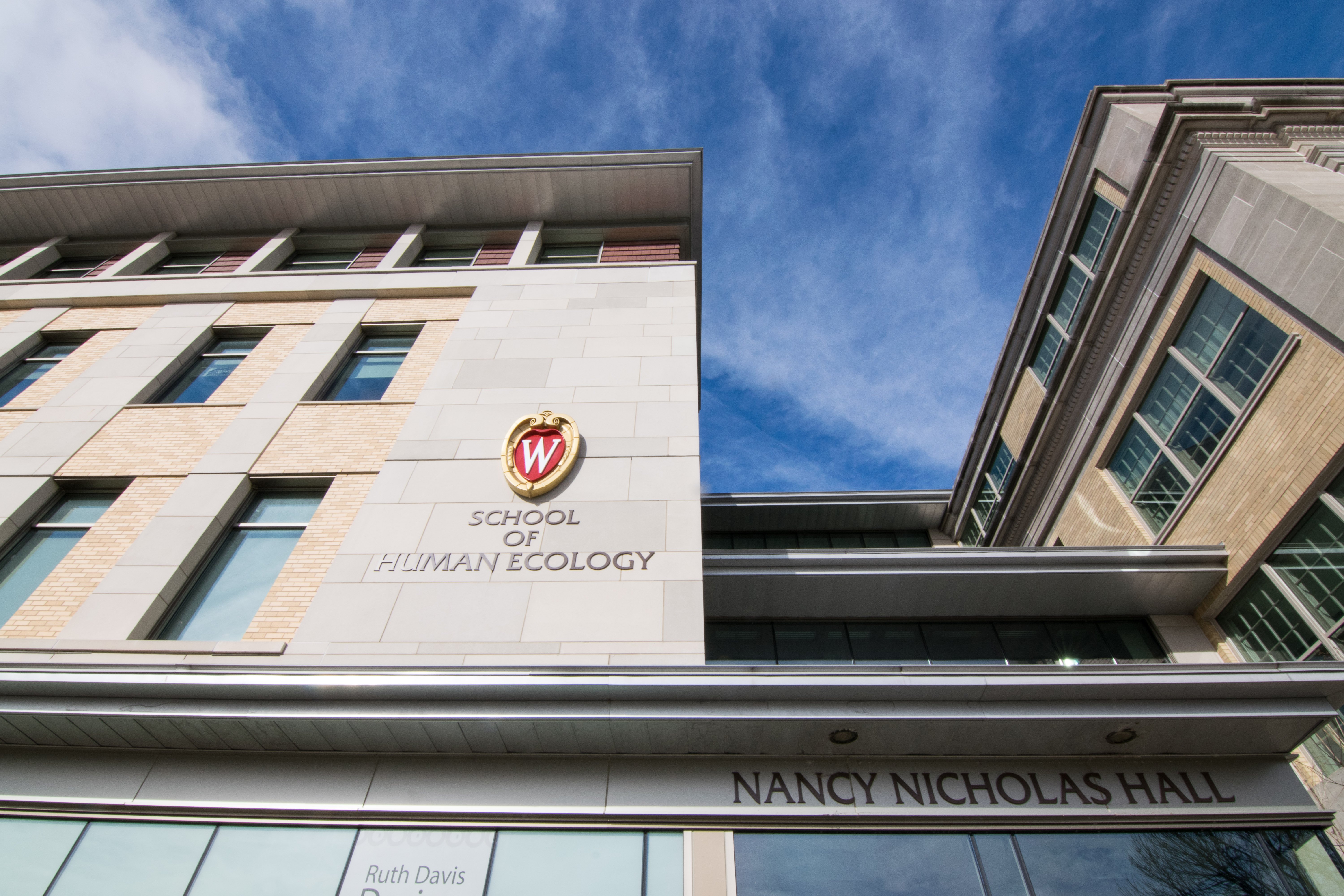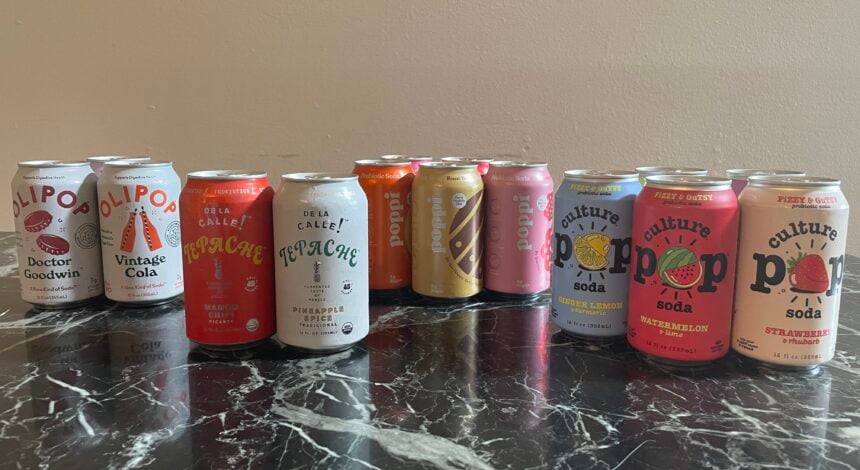- Artsetc
- Herald
Student-curated textile exhibit threads communities together
Art History students gain curatorial experience using UW textile collection

Riley Steinbrenner/The Badger Herald
The Lynn Mecklenburg Textile Gallery is more than a window for students to peek into on their way to a class in the School of Human Ecology. It’s a bridge between textiles and students across the University of Wisconsin.
Eighteen students from professor Anna Campbell’s spring 2023 seminar Art History 506: Curatorial Studies and Exhibition Practice, collaborated to curate the gallery’s newest exhibit, “Social Threads: Making, Mending, and Maintaining Community.” It opens Sept. 13 and will remain on display until Dec. 3, 2023.
Almost entirely planned and managed by UW students, “Social Threads” gave those involved the opportunity to oversee all aspects of the exhibition process, from start to finish.
Cloth and Community
Each piece in the exhibit is unique, but as an ensemble, they represent one idea — textile-making practices can connect people.
Pleasant Rowland Textile Specialist and Research Director for the Center for Design and Material Culture Sophie Pitman, provided the students with the initial concept.
Pitman works with UW’s Helen Louise Allen Textile Collection, which houses over 13,000 textile artifacts from all over the world and many different historical eras. Throughout the semester, she invited students from the seminar to the textile center to view the collection.
To spark the students’ imaginations, Pitman provided them with pieces that related to mending — literally or figuratively — and mentored their research over the course of the semester.
“I said, ‘Can you do a show that plays with the idea of repair?’” Pitman said.
While the collection’s size is astounding, it demanded hard work and expertise of the students in order to be pared down into an exhibit-sized group of objects.
The curation process was mostly collaborative. Students were split into small groups to propose directions in which to take the exhibit, and when one was chosen they split again to work on that one proposal.
Considering the diverse range of cultural backgrounds of textiles featured in “Social Threads,” Pitman said it was essential for the class to keep cultural sensitivity a priority throughout the curation process, especially when dealing with pieces that bring up difficult emotions.
“This is a global show and it talks quite a bit about the concept of community, but also how communities heal through trauma,” Pitman said. “As a collection, we work hard to support students working with objects belonging to cultures that are often underrepresented in university settings or museum settings.”
Textiles are a part of everyone’s life in ways we might not think about — as we get dressed, furnish our houses and keep ourselves warm, we use textile tools, Pitman said.
Since textiles are always present in human life, everyone is justified to hold an opinion on them. This is what makes exhibit practices like “Social Threads” great for curious students — and not just students of art-related subjects.
Last year, around 60 classes with a total of roughly 1,000 students visited the Lynn Mecklenburg. Ranging in area of study from art history to financial planning, students in all kinds of majors study exhibits or individual items in the galleries as they relate to their field.
Real-World Curatorial Experience
UW art history graduate student Atefeh Ahmadi was one of the students in the seminar responsible for putting “Social Threads” together. She stayed on over the summer as an assistant to the Center for Design and Material Culture, allowing her to continue preparing the exhibit for display.
In the past few months, Ahmadi had the time and resources to do more research on the textiles featured in “Social Threads,” and developed a greater understanding of the stories behind the objects, Ahmadi said.
One piece from the exhibit that stood out to Ahmadi was the embroidery originating from Chile covered in designs with multilayered political meanings. It is a form of protest patchwork and exemplifies a textile tradition that has traveled throughout Latin America.
“It can unfold to tell the story of many different things,” Ahmadi said. “From the story of a community, or a political protest, or a tradition that comes with certain notions or certain functions.”
Beyond selecting items in a way that was culturally appropriate and aligned with the theme of making and mending community, Ahmadi and her fellow students were tasked with preparing the exhibit for public viewing.
In addition to getting the pieces ready for installation in the gallery — which requires expertise as many are highly delicate — this preparation included writing press releases, strategizing social media content and planning events.
As “Social Threads” opens and Ahmadi’s class is finally able to show off their hard work, she said she is most proud of the collective effort that was put into the exhibit, which can be seen in its design.
“When you look at the final outcome, you can see traces of all the people who were involved in every step of it,” Ahmadi said. “I feel proud to share this experience with this group of people.”





